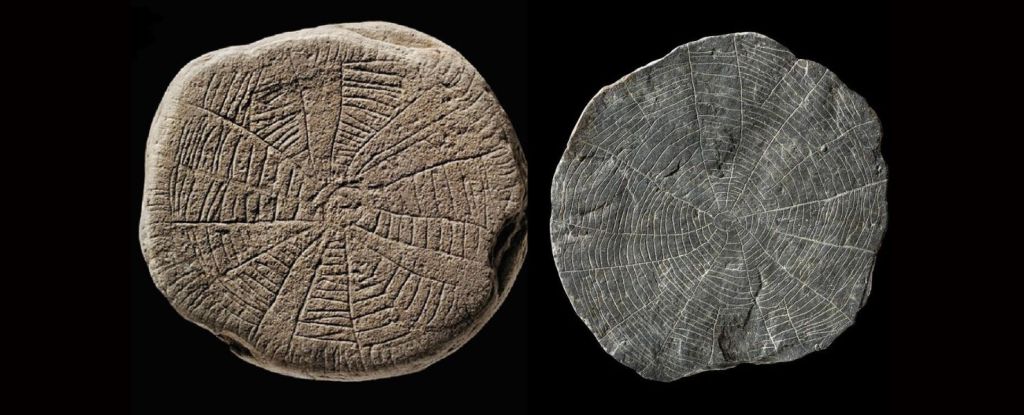The total solar eclipse of April 8, 2024, which passed through North America from Mexico to Newfoundland, Canada, has yielded initial insights into the Sun’s interaction with Earth’s atmosphere. These observations were facilitated by NASA-backed projects and citizen scientists to examine phenomena such as solar impact on the atmosphere and radio signal disruptions. Updates were presented during the American Geophysical Union’s annual meeting on December 10 in Washington, D.C.
Observing Changes in the Corona
According to reports, the Citizen CATE 2024 project deployed 35 observation teams across North America to document the Sun’s corona during totality. Over 47,000 polarised images were collected to investigate structural shifts in the corona. Sarah Kovac, project manager at the Southwest Research Institute, unveiled a preliminary movie from these observations while emphasising the blend of scientific methods and community involvement.
NASA’s WB-57 aircraft, equipped with imaging and spectrometry tools, extended eclipse observations by flying within the Moon’s shadow. Instruments led by Shadia Habbal from the University of Hawaii successfully captured data, though some images were affected by unexpected vibrations. Future experiments are being planned using similar platforms.
Atmospheric Effects During the Eclipse
Reportedly, amateur radio operators contributed data to the HamSCI Festivals of Eclipse Ionospheric Science by exchanging signals during the eclipse. Over 52 million data points indicated altered radio communication efficiency, with improved performance at lower frequencies and decreased efficiency at higher frequencies. Professor Nathaniel Frissell from the University of Scranton credited the operators’ participation for enabling this research.
The Nationwide Eclipse Ballooning Project involved over 800 students in launching sensor-equipped balloons to measure atmospheric effects. The study confirmed atmospheric gravity waves and disturbances triggered during totality, aligning with findings from prior eclipses. Angela Des Jardins of Montana State University noted the critical role of student contributions in these findings.
These early observations continue to deepen understanding of solar impacts on Earth’s systems. Detailed analyses are expected in the coming months.





